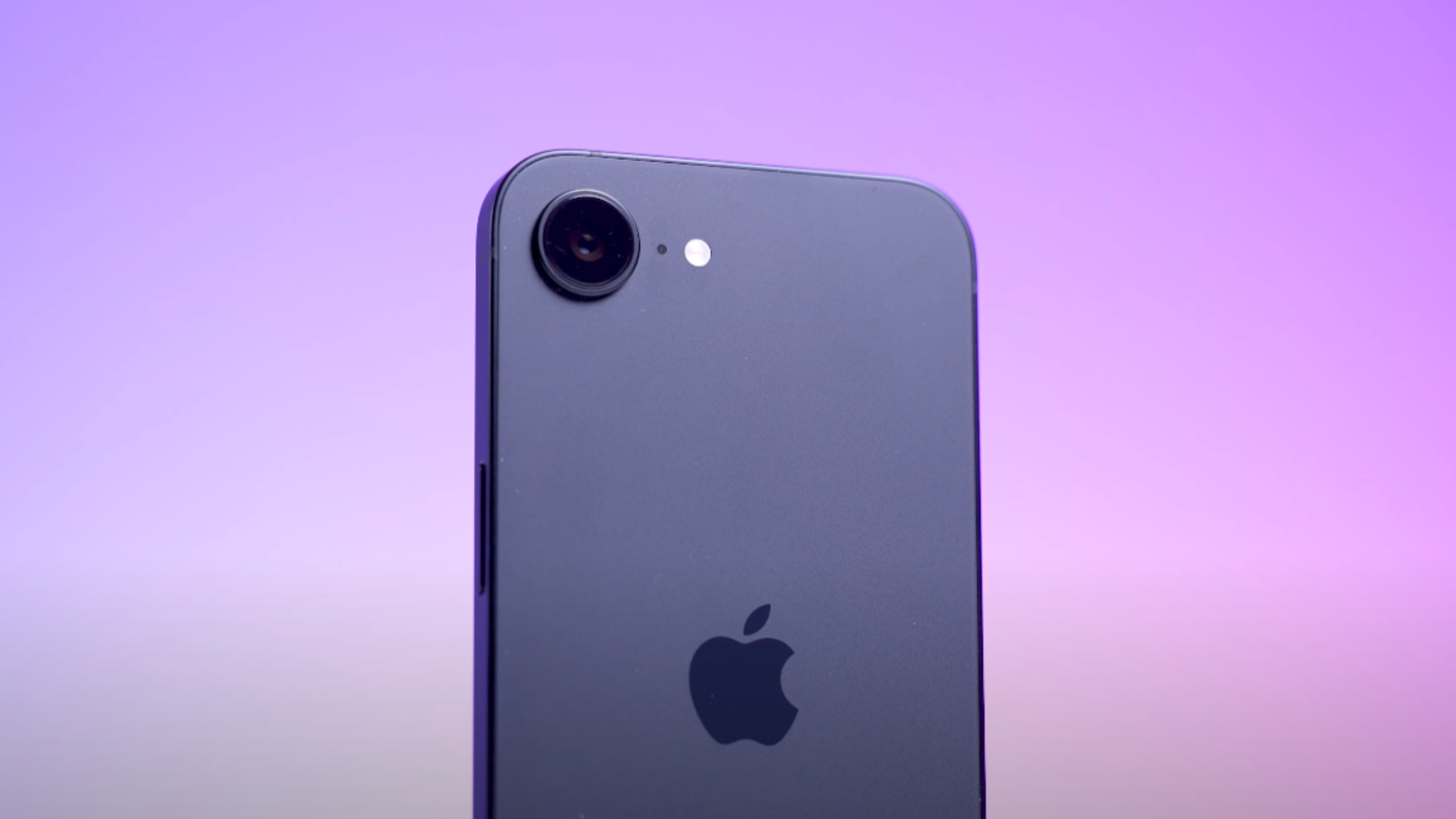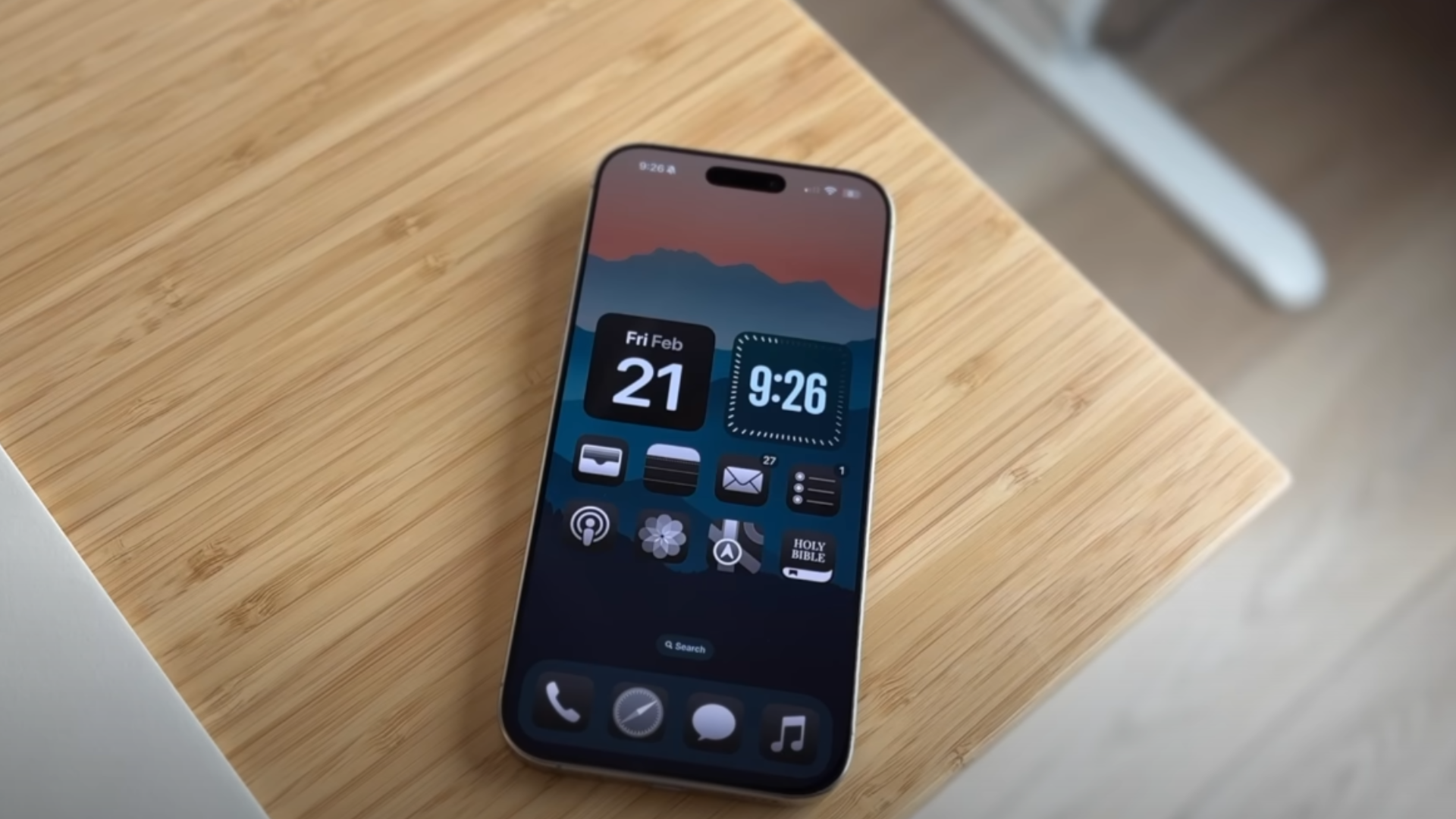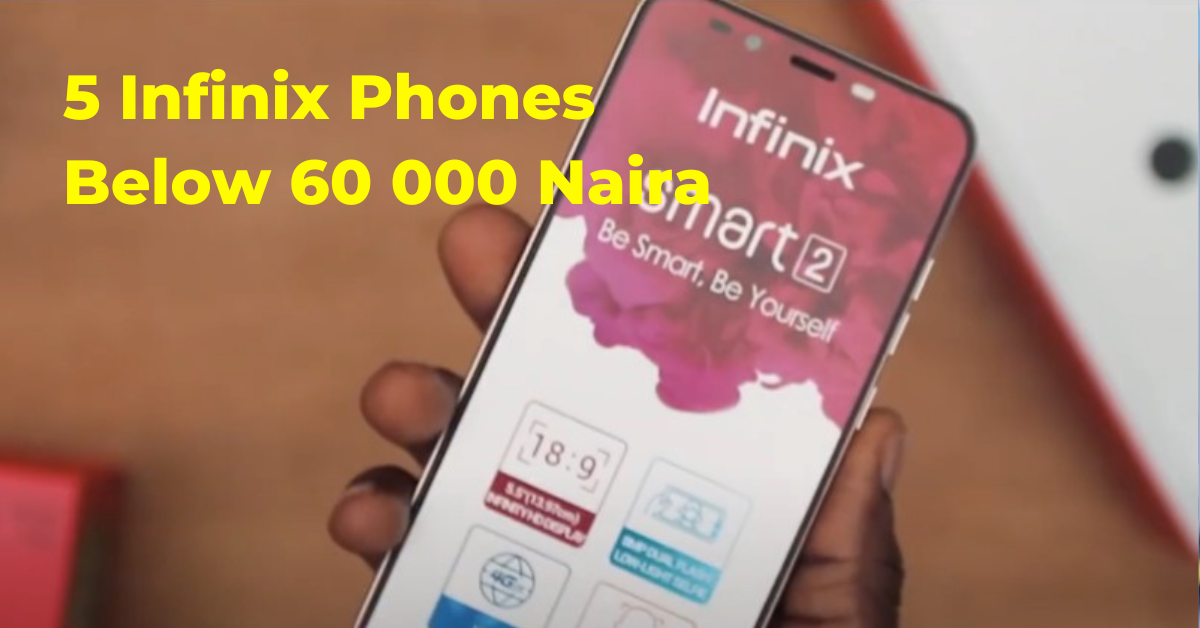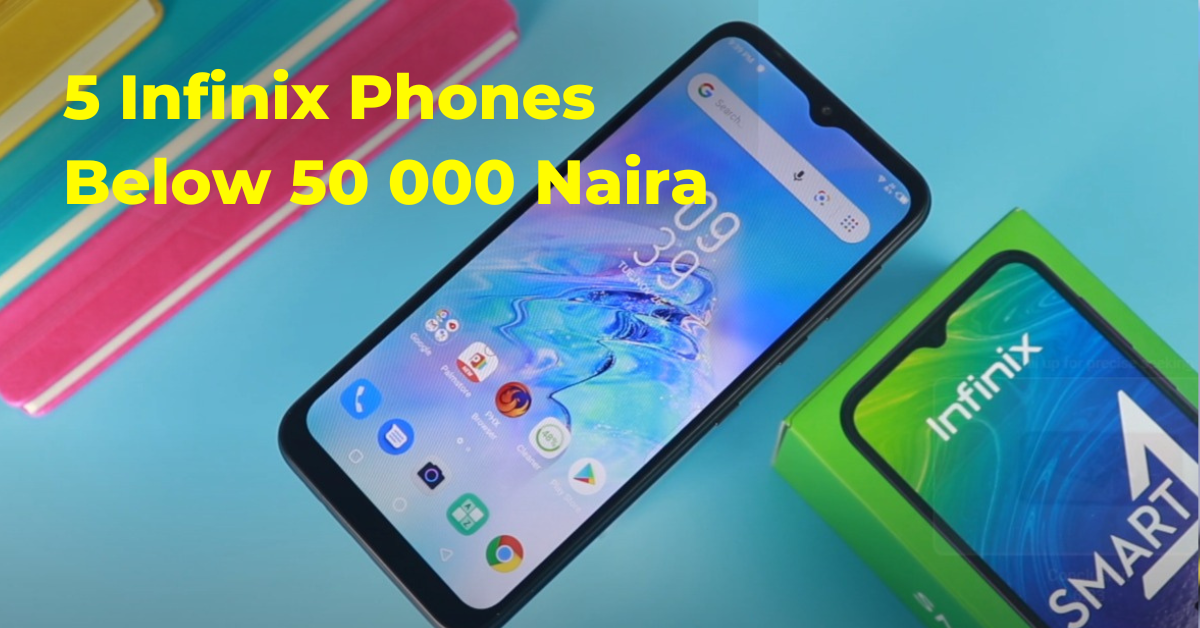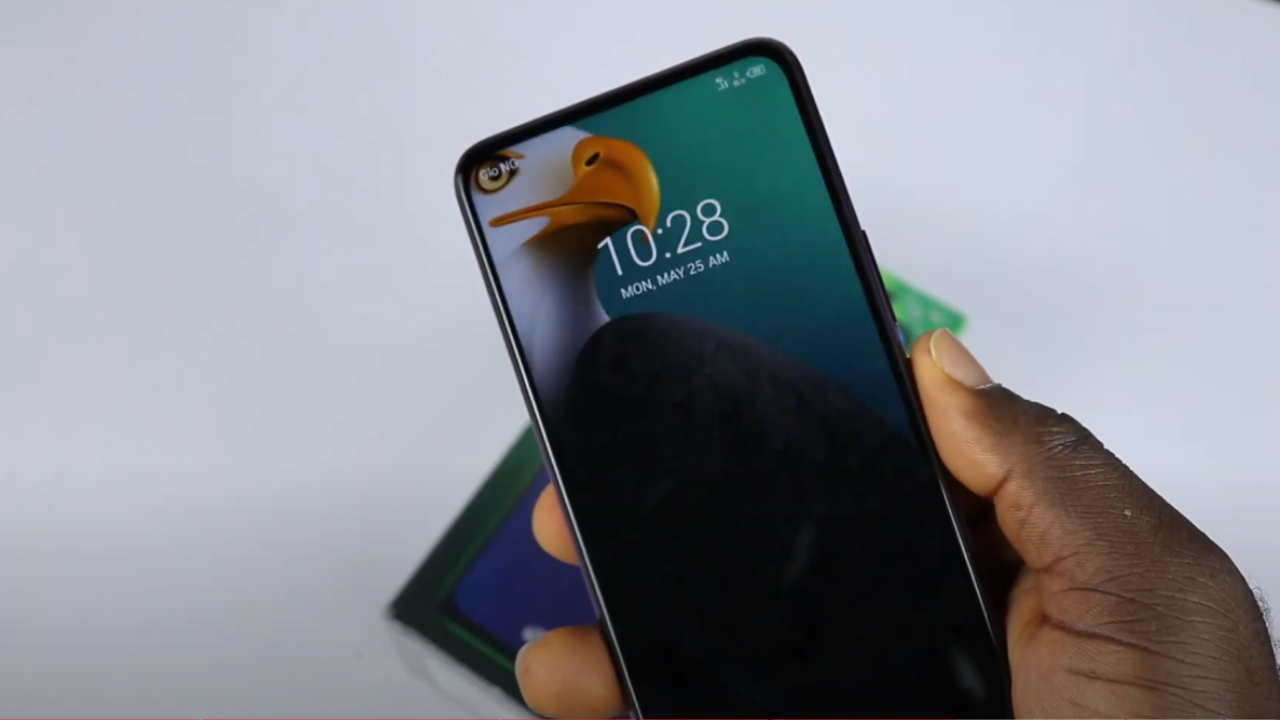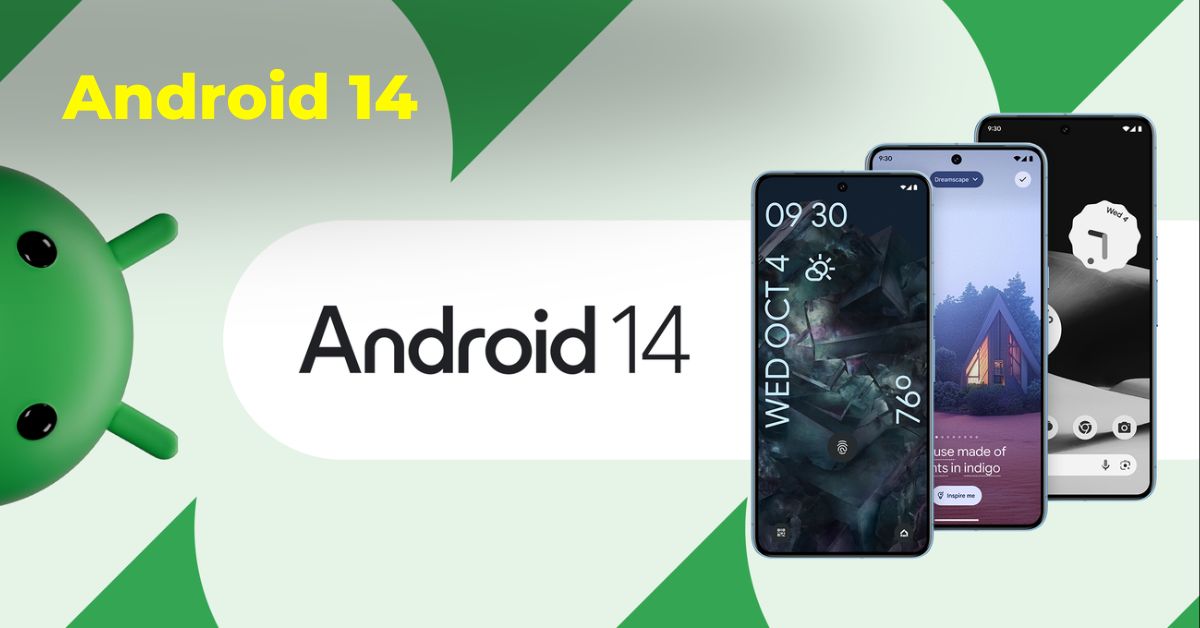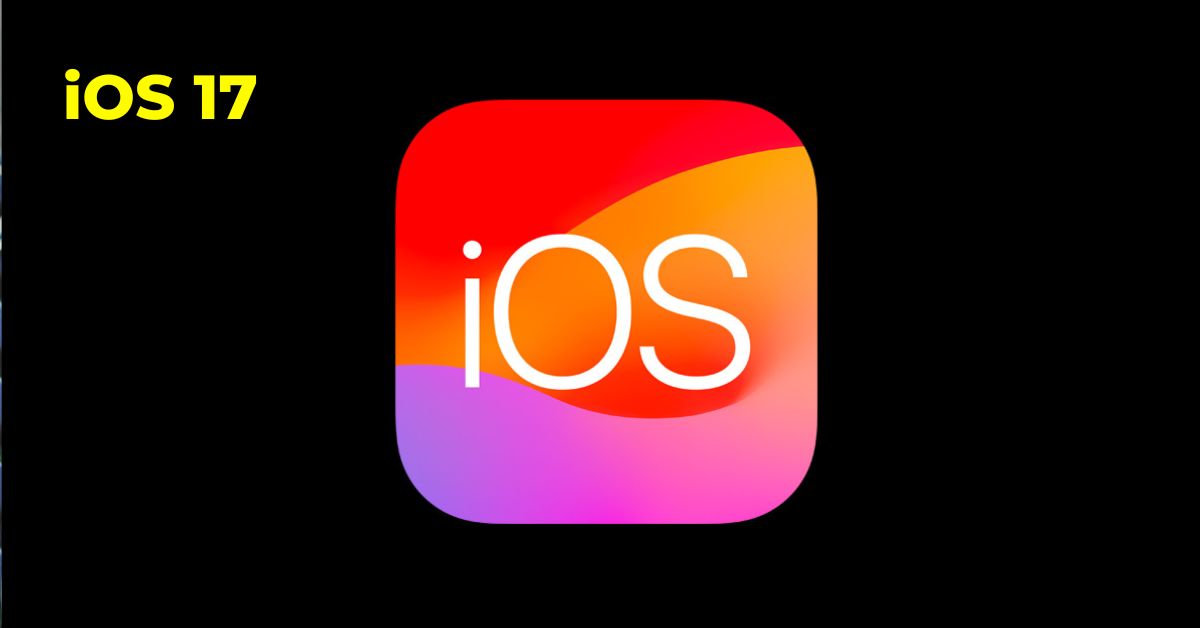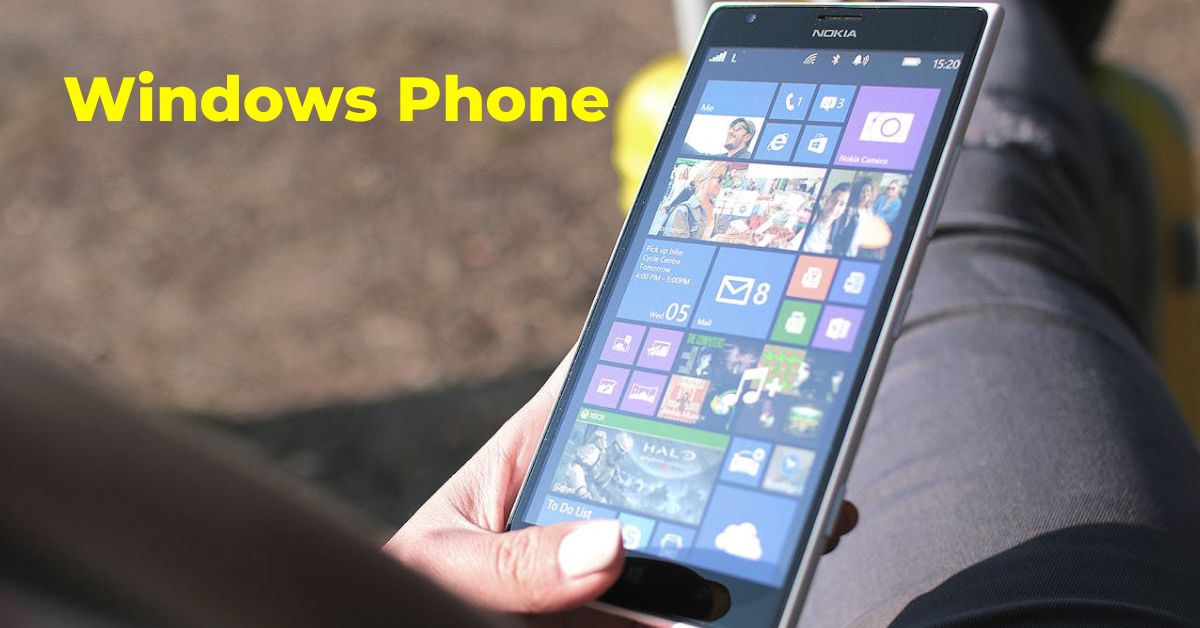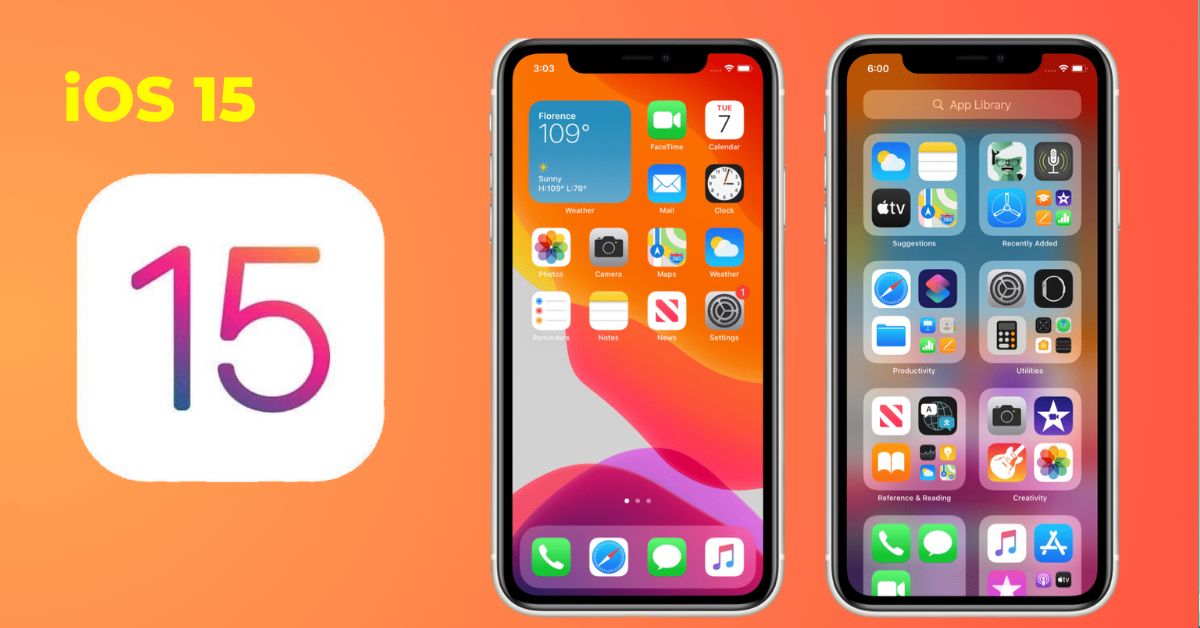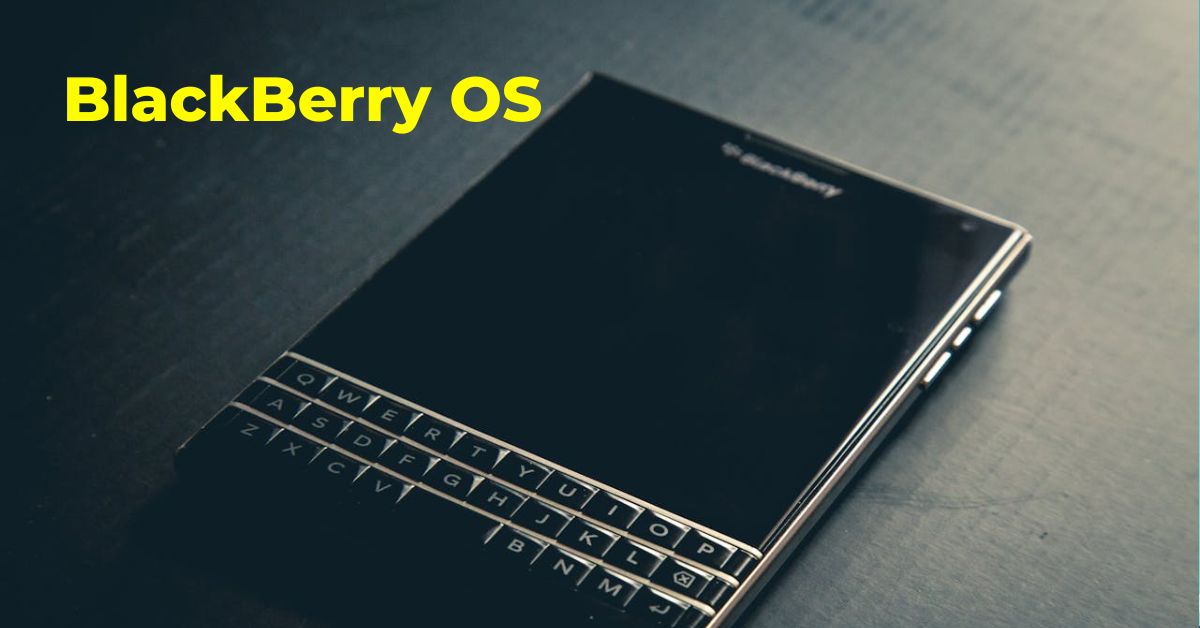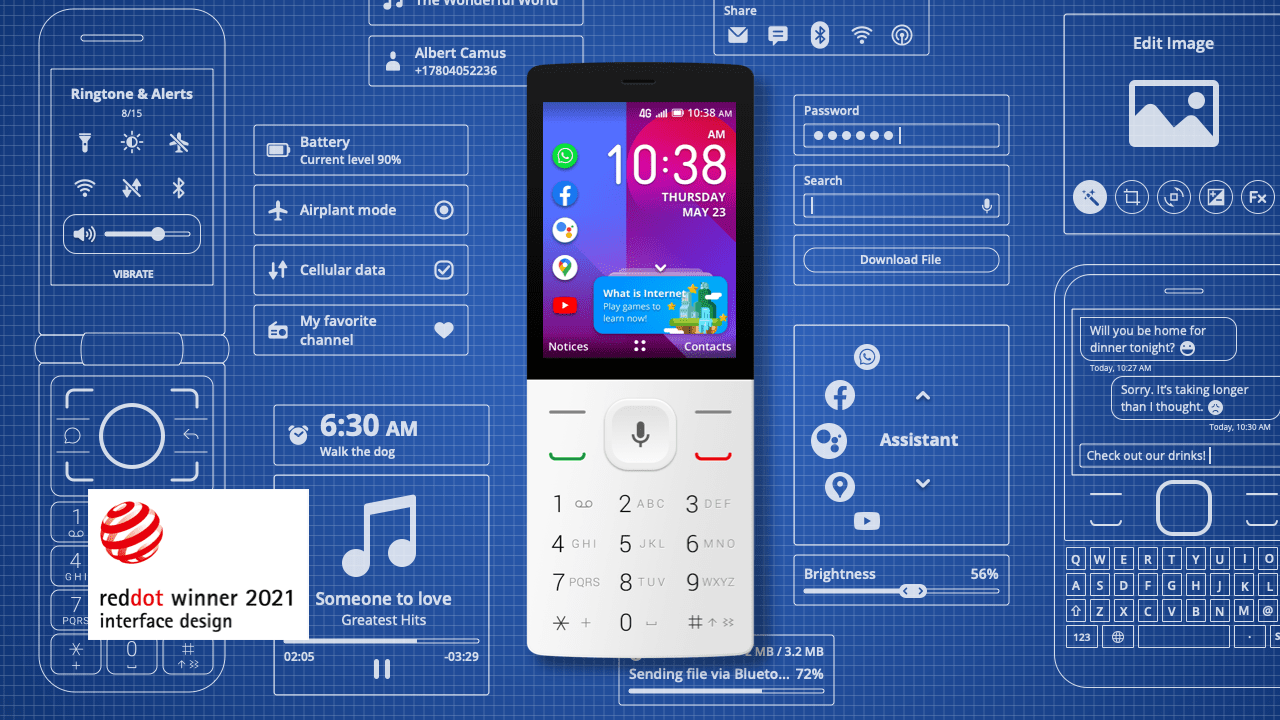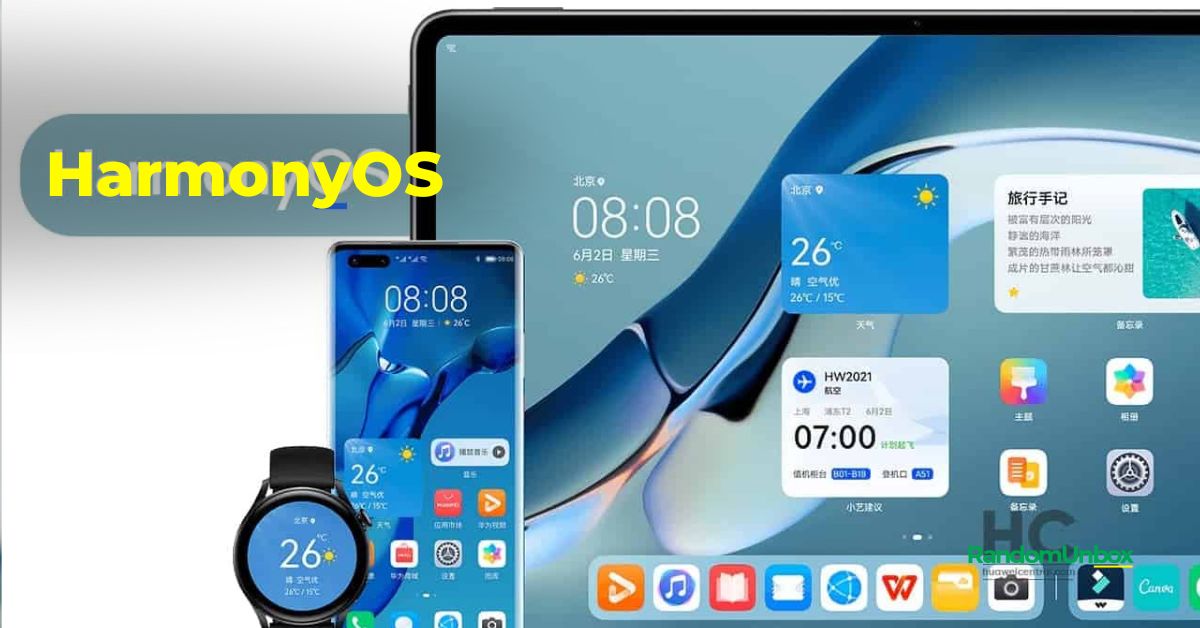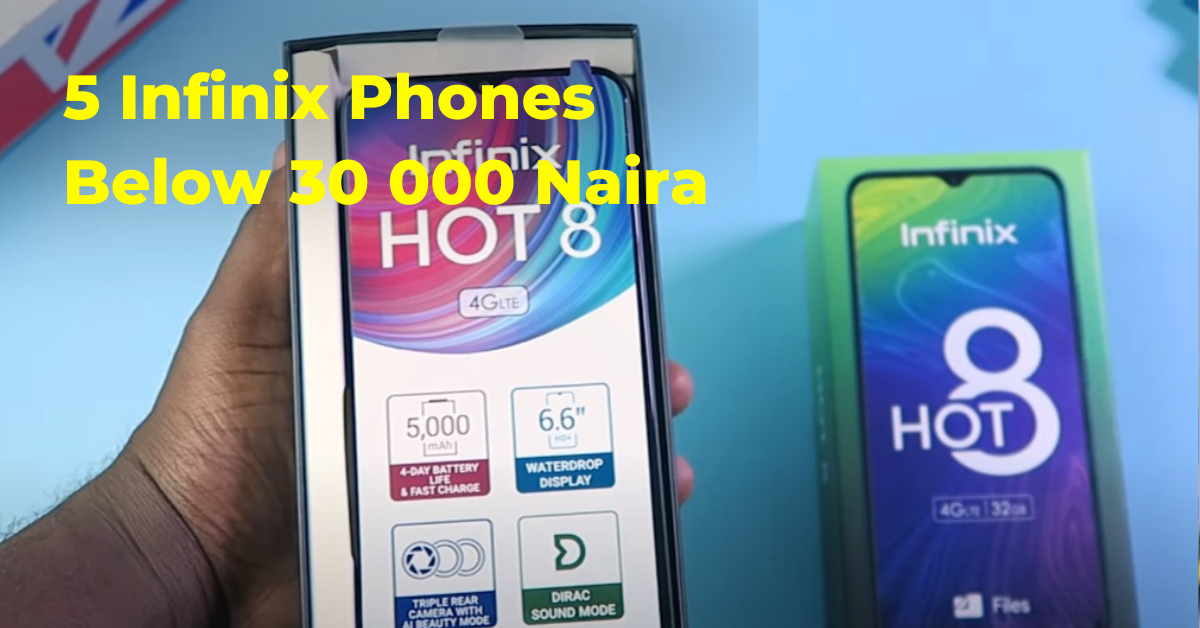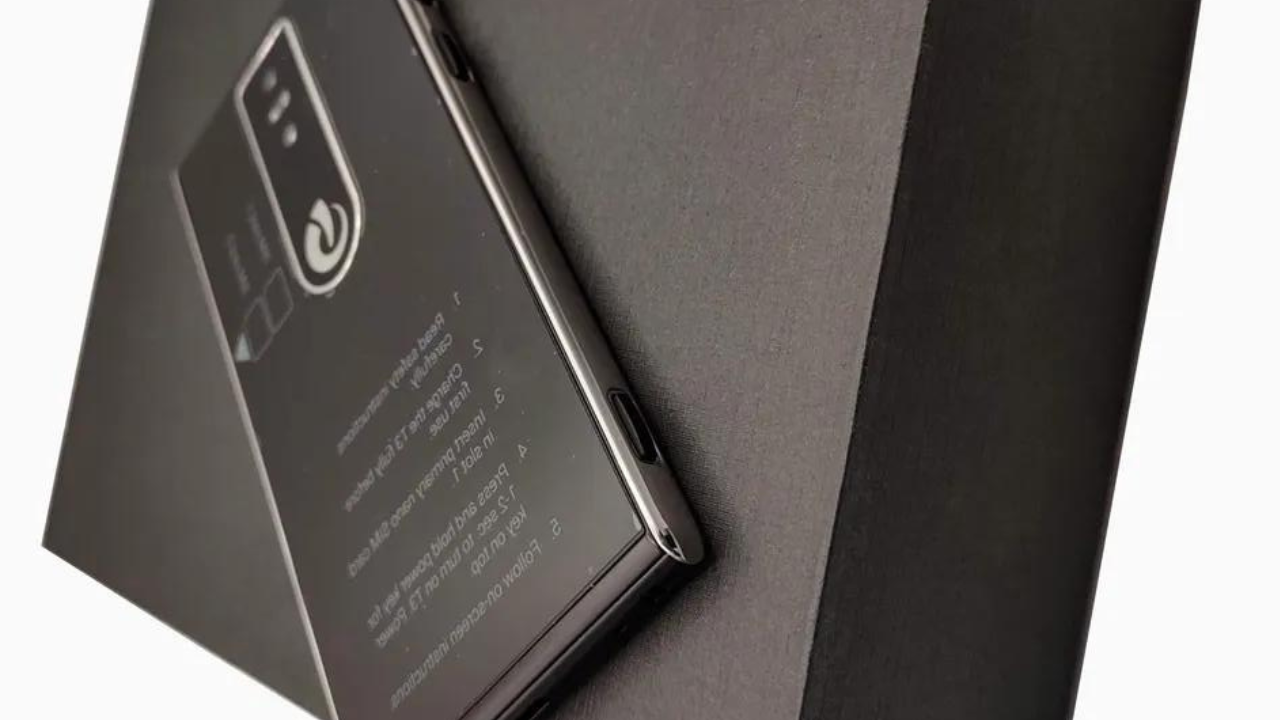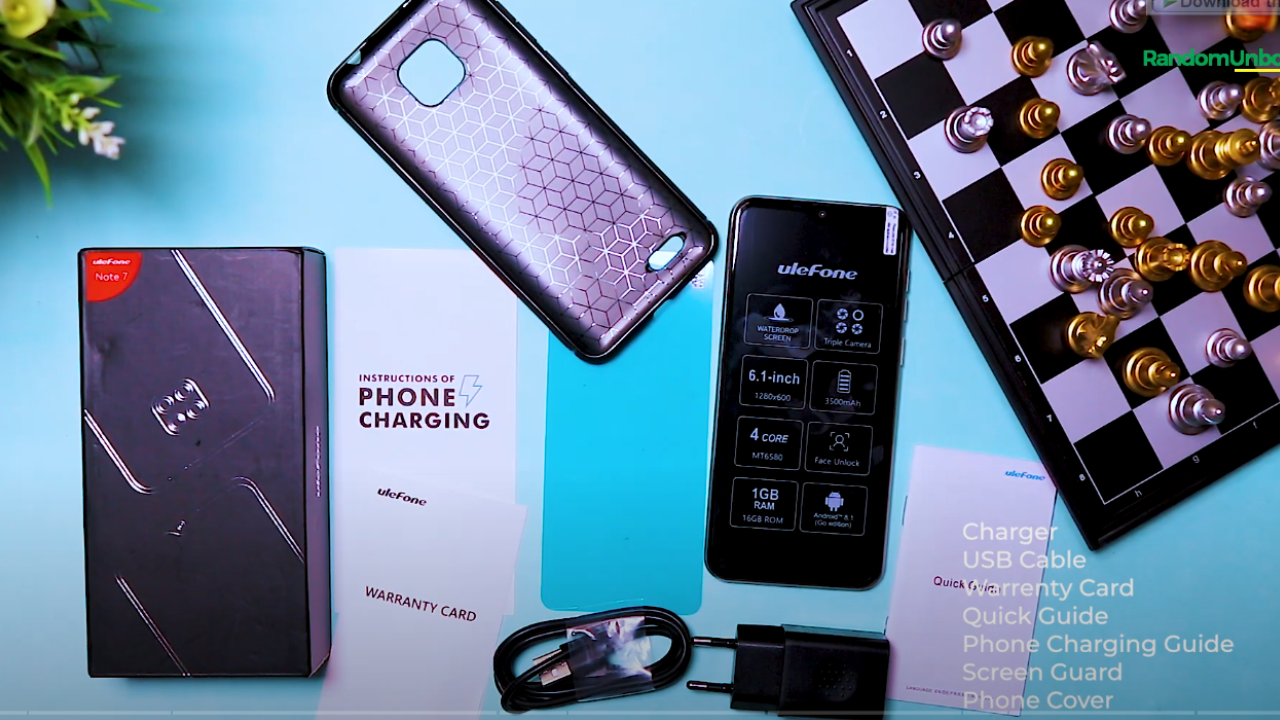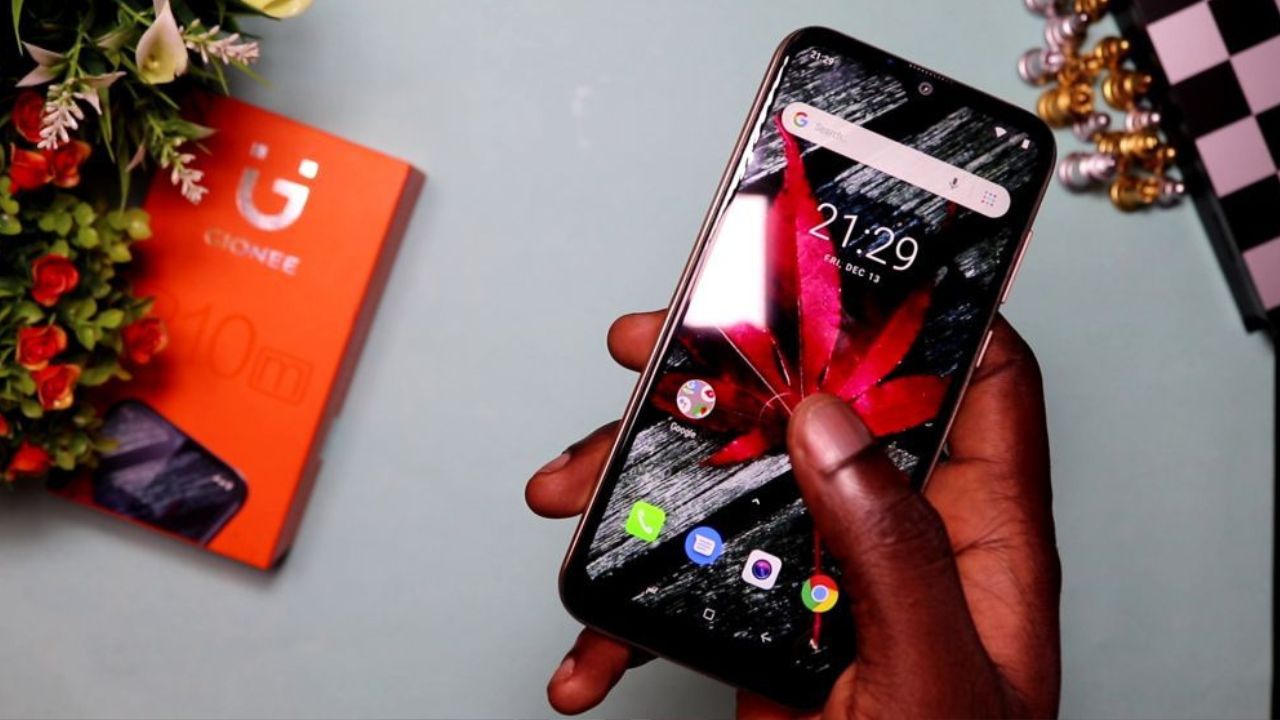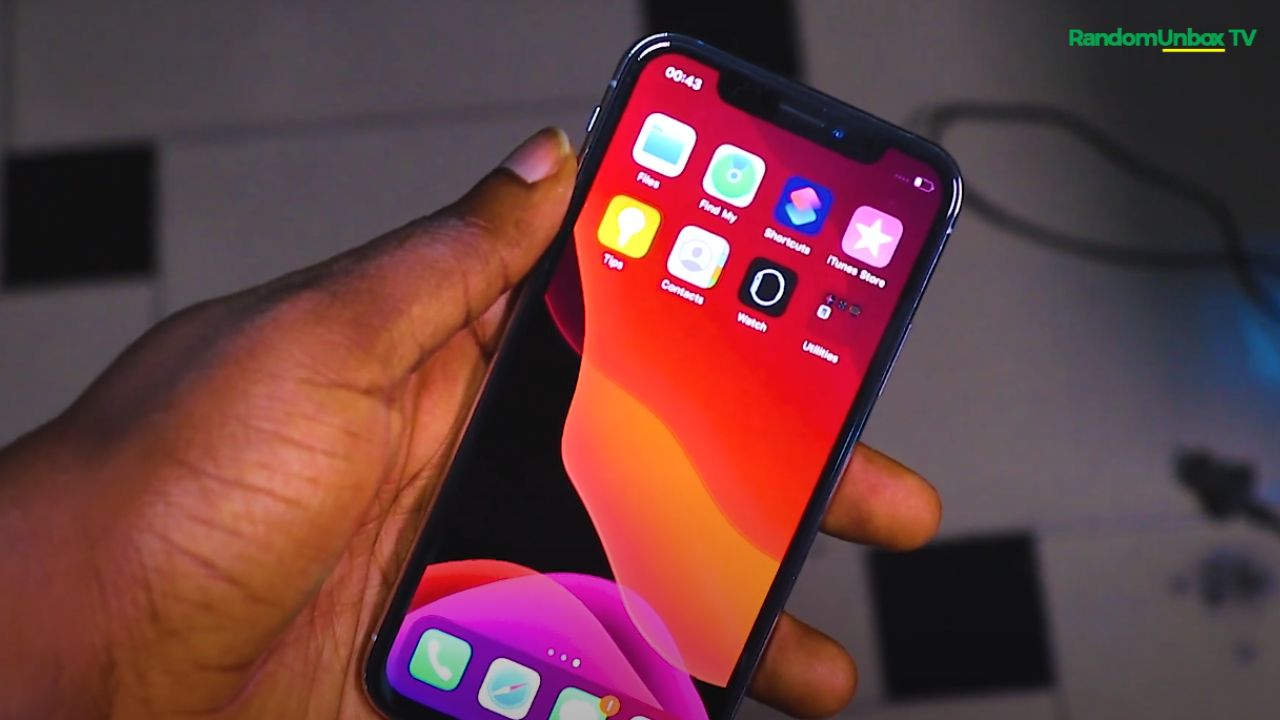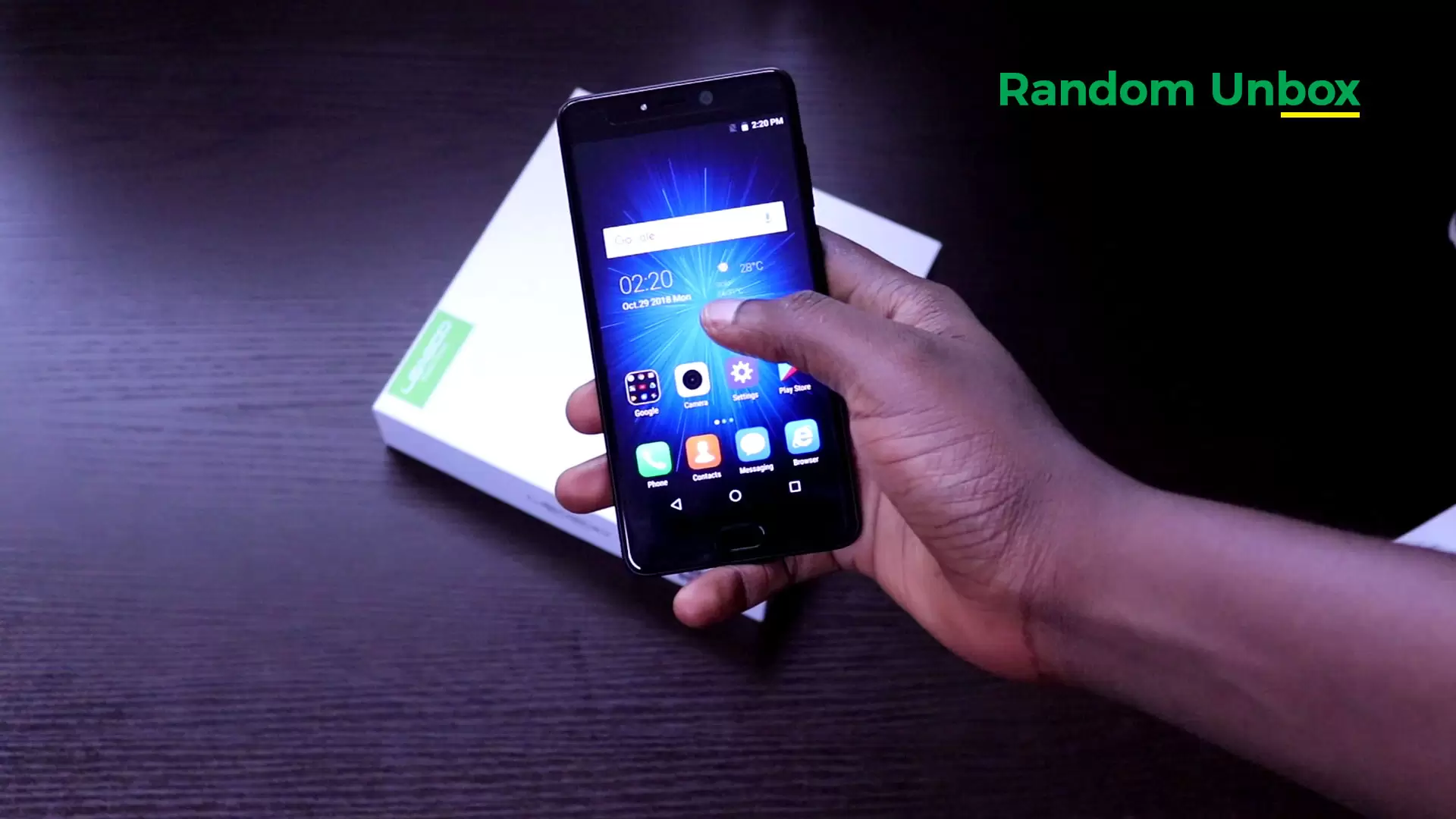Phones
As we navigate the vast and ever-evolving landscape of mobile technology, the quest for the perfect phone remains a paramount concern. With a multitude of options available, we must weigh the diverse range of phone types, operating systems, and features that cater to unique needs and preferences.
From foldable designs to camera-centric devices, each option presents a distinct set of benefits and drawbacks. As we explore the complex nuances of phone selection, a critical question emerges: what are the key factors that distinguish a phone that merely meets our needs from one that truly exceeds our expectations?
Key Takeaways
When choosing a phone, consider the following key factors to find the best fit for your needs:
- Phone type: Foldable, gaming, budget-friendly, camera-centric, and rugged options cater to different needs and preferences.
- Operating System: Android offers customization options, while iOS prioritizes security and ease of use.
- Ergonomics: Balance screen size and portability for comfortable usage, considering dimensions and weight.
- Camera quality: Look for image stabilization, low-light performance, and optical zoom for enhanced photography.
- Battery life: Capacity, screen resolution, and processor efficiency impact battery life, with fast charging, power banks, and wireless charging offering convenient solutions.
- Customization: Android provides flexibility, while iOS emphasizes simplicity and security.
- Portability: Compact designs and lightweight phones enhance usability.
- Camera features: Image stabilization, low-light performance, and optical zoom enhance the camera experience and creative possibilities.
- Power management: Optimize battery life with power-saving features and charging solutions.
- User experience: Prioritize ergonomic comfort, ease of use, and personalized features to find the ideal phone for your lifestyle.
Types of Phones Available
Foldable Phones: The Future of Mobile Technology
The latest innovation in mobile technology, foldable phones boast flexible displays that can be folded and unfolded, offering users a larger screen real estate without the bulk. Devices like Samsung’s Galaxy Z Flip have garnered significant attention for their futuristic design and versatility.
Gaming Phones: Designed for Immersive Experiences
Designed specifically for avid gamers, gaming phones are equipped with high-performance processors, ample storage, and advanced cooling systems to facilitate seamless gameplay. Phones like the Asus ROG Phone offer features like customizable buttons, high-refresh-rate displays, and advanced audio capabilities, making them ideal for immersive gaming experiences.
Budget-Friendly Phones: Affordable Options for All
In addition to these types, there are also budget-friendly phones that cater to users on a budget. These devices offer a range of features at an affordable price point, making them an attractive option for those who want a reliable phone without breaking the bank.
Camera-Centric Phones: Capturing Life’s Moments
For photography enthusiasts, camera-centric phones are designed to capture life’s moments with precision and clarity. With advanced camera systems, features like optical zoom, portrait mode, and low-light enhancement, these phones are ideal for capturing stunning images and videos.
Rugged Phones: Built to Withstand the Elements
Designed for users who lead an active lifestyle, rugged phones are built to withstand the elements. With features like water resistance, shockproofing, and dust resistance, these phones can withstand even the toughest conditions, making them perfect for outdoor enthusiasts.
Choosing the Right Phone for Your Needs
Understanding the various types of phones available in the market empowers consumers to choose the device that best suits their lifestyle, requirements, and budget. By considering factors like processor speed, storage capacity, and camera quality, users can make informed purchasing decisions that meet their unique needs.
Phone Operating Systems Compared
Choosing the Right OS: Android vs. iOS
The type of phone a user chooses is often influenced by personal preferences and lifestyle, but the operating system (OS) that governs the device plays a pivotal role in shaping the overall user experience.
Android: The Open-Source Advantage
Android, an open-source OS, provides users with greater customization options, allowing them to personalize their home screens, icon packs, and launchers. This flexibility is a significant draw for users who value control over their device’s appearance and functionality. Additionally, Android’s open-source nature has led to a thriving community of developers, resulting in a vast array of third-party apps and tweaks.
| Android Features | Description |
|---|---|
| Customization Options | Personalize home screens, icon packs, and launchers |
| Open-Source | Thriving community of developers, vast array of third-party apps and tweaks |
iOS: Security and Ease of Use
In contrast, iOS is a closed system, offering a more streamlined and secure user experience. While customization options are limited, iOS is renowned for its ease of use and seamless integration with other Apple devices. The closed ecosystem guarantees a high level of security, making it an attractive option for users who prioritize data protection.
| iOS Features | Description |
|---|---|
| Security | Closed ecosystem guarantees high level of security |
| Ease of Use | Streamlined user experience, seamless integration with other Apple devices |
Weighing the Benefits: Choosing the Right OS
Ultimately, the choice between Android and iOS depends on individual preferences regarding customization, security, and user experience. Understanding the strengths and weaknesses of each OS is essential in making an informed decision when selecting a phone. By weighing the benefits of open-source benefits and customization options against the advantages of a closed ecosystem, users can find the perfect phone to suit their needs.
Choosing the Right Phone Size
Understanding the Importance of Ergonomic Design
When selecting a phone, one essential aspect to think about is the device’s physical dimensions, as it profoundly impacts usability and portability. A phone that fits comfortably in the hand is vital for prolonged use, as ergonomic design plays a significant role in hand comfort. A well-designed phone should allow for easy one-handed operation, minimizing fatigue and discomfort.
Phone Dimensions and Weight: How Screen Size Impacts Portability
| Screen Size (inches) | Dimensions (inches) | Weight (ounces) |
|---|---|---|
| 5.5 | 5.7 x 2.9 x 0.3 | 5.5 |
| 6.1 | 6.2 x 3.0 x 0.3 | 6.7 |
| 6.5 | 6.5 x 3.2 x 0.3 | 7.4 |
| 6.7 | 6.7 x 3.3 x 0.3 | 8.1 |
| 7.0 | 7.0 x 3.5 x 0.3 | 9.0 |
Finding the Perfect Balance: Screen Size, Dimensions, and Weight
The table above illustrates how varying screen sizes affect the overall dimensions and weight of a phone. As the screen size increases, the phone’s dimensions and weight also increase, which may impact hand comfort and usability.
It is crucial to strike a balance between screen size and portability, ensuring the phone fits comfortably in the hand without compromising on features. Ultimately, choosing the right phone size depends on individual preferences and needs. By considering ergonomic design and hand comfort, users can select a phone that provides an optimal user experience.
Camera Quality and Features
Image Stabilization: Capturing Sharp Images on the Go
When evaluating a phone’s camera quality, Image Stabilization is an essential aspect to consider. This feature enables the camera to capture sharp images even in low-light conditions or when the phone is in motion. Users who frequently take photos or videos on the go will particularly appreciate this feature.
Low Light Performance: Capturing High-Quality Images in Dimly Lit Environments
Low Light Performance is another critical aspect of a phone’s camera capabilities. A good camera should be able to produce clear and detailed images even in low-light conditions. This feature is particularly important for users who frequently take photos indoors or in the evening.
Beyond Megapixels: Lens Quality, Aperture Size, and Sensor Size
While megapixel count is important, it’s not the sole determinant of a camera’s quality. Other factors such as lens quality, aperture size, and sensor size also play a significant role in determining the overall camera performance. By examining these factors, users can make an informed decision when choosing a phone that meets their camera requirements.
Additional Camera Features: Optical Zoom, Portrait Mode, and Video Recording Capabilities
Features such as optical zoom, portrait mode, and video recording capabilities are also essential factors to consider when evaluating a phone’s camera quality. These features can significantly enhance the overall camera experience and provide users with more creative possibilities.
Elevating the Smartphone Experience: Why Camera Quality Matters
A high-quality camera can elevate the overall smartphone experience, making it an essential aspect to examine when selecting a phone. By considering the camera features mentioned above, users can make an informed decision and choose a phone that meets their camera requirements.
Battery Life and Charging
Selecting a smartphone that can efficiently manage battery life and charging is crucial for an uninterrupted user experience. A phone that can last a full day without needing a recharge is a top priority for many users.
Battery Capacity and Efficiency
A higher capacity battery generally translates to longer battery life. However, other factors such as:
| Factor | Impact on Battery Life |
|---|---|
| Screen Resolution | Higher resolutions drain battery faster |
| Processor Efficiency | Efficient processors conserve battery life |
| Software Optimization | Optimized software reduces battery consumption |
also play a significant role in determining battery life.
Fast Charging: A Game-Changer for Busy Lives
Fast charging capabilities can significantly reduce recharge times, making it a valuable feature for users who need to quickly top up their phone’s battery.
Power Banks: Extended Battery Life on the Go
The use of power banks can provide an additional layer of convenience, allowing users to extend their phone’s battery life on the go.
Wireless Charging: Convenience Redefined
Wireless charging capabilities offer a convenient and clutter-free way to recharge a phone, eliminating the need for a tangled mess of cables.
Phone Security and Privacy
Data Encryption: Safeguarding Sensitive Information
Protecting sensitive information and maintaining confidentiality are paramount concerns in today’s digitally driven world, where phone security and privacy breaches can have far-reaching consequences.
Data Encryption, a vital aspect of phone security, involves converting plaintext data into unreadable ciphertext, making it inaccessible to unauthorized parties. By encrypting data, individuals can guarantee that even if their device is compromised, their personal information remains protected.
App Permissions: Mitigating Privacy Risks
Another essential aspect of phone security is App Permissions. Many mobile applications require access to certain features or data on a user’s device, such as location, contacts, or camera. However, some apps may request unnecessary permissions, potentially compromising user privacy. It is essential for individuals to carefully review app permissions before installing and to only grant access to necessary features.
Best Practices for App Permission Management
| Permission Type | Recommended Action |
|---|---|
| Location | Grant access only to necessary apps |
| Contacts | Review app permissions regularly |
| Camera | Limit access to trusted apps |
Frequently Asked Questions
Can I Use My Phone in the Shower or Pool?
When engaging in water-based activities, vital gadget safety cannot be overstated. Waterproof gadgets and shower accessories can provide a safeguard, but still, one must exercise caution, as even water-resistant devices can be compromised with excessive exposure.
How Do I Fix a Phone With a Cracked Screen?
“In this modern era of fragile elegance, a cracked screen can be a frustrating setback. To rectify this, consider screen replacement or glass repair services, which can seamlessly restore your device’s visual integrity, reviving its former glory.”
Can I Sell or Trade in My Old Phone?
When considering disposing of an old device, evaluating resale value is vital. Refurbishment options can greatly impact value, making it essential to research and compare trade-in programs to maximize return on investment.
Are Phone Cases and Screen Protectors Necessary?
In general, protective accessories can mitigate design flaws and enhance overall durability. When selecting cases and screen protectors, consider material options, weighing factors like durability, aesthetics, and environmental impact to make an informed decision.
Can I Use a Phone With a Non-Standard SIM Card Size?
In general, devices accommodating non-standard SIM card sizes can be used with adapters or Dual SIM capabilities, allowing compatibility with various card formats, but compatibility and functionality may vary depending on the device and adapter used.
Conclusion
In conclusion, finding the perfect mobile device requires careful thought about several key aspects, including device type, operating system, display size, camera capabilities, battery longevity, and security features. The significance of battery life, in particular, cannot be overstated, as a recent study revealed that a staggering 77% of smartphone users prioritize it when selecting a new device.
By considering these crucial factors, individuals can make well-informed decisions and find a mobile device that meets their unique requirements and preferences. Now, share with us – what features do you prioritize when choosing a new phone? Leave a comment below!


